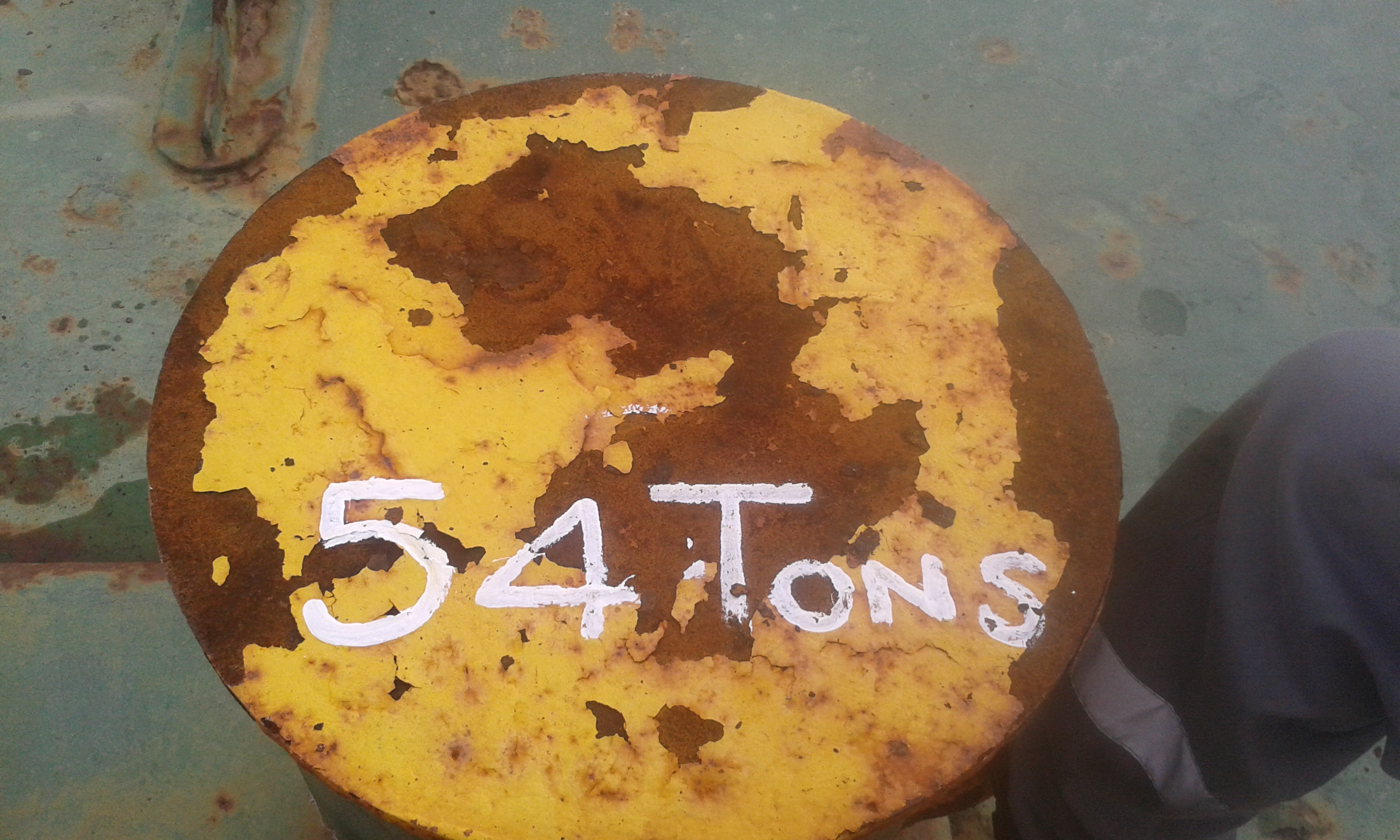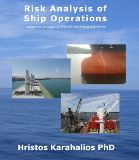Mooring Safety
Bollards and Bitts Failures
Major accidents involving mooring equipment in the last 20 years have injured many seafarers and have cost the UK Club over US$34 million (UK P&I 2009) From the accidents reported is believed that 5% is caused by actual equipment failure (UK P&I 2009).
 Equipment failure includes bollards and bitts which are parts of shipboard fittings used for regular mooring or towing of the ship. The shipyard should make the selection of shipboard fittings according to industry standards such as ISO 3913:1977 Shipbuilding-Welded steel bollards.
Equipment failure includes bollards and bitts which are parts of shipboard fittings used for regular mooring or towing of the ship. The shipyard should make the selection of shipboard fittings according to industry standards such as ISO 3913:1977 Shipbuilding-Welded steel bollards.
However shipboard fittings that have suffered significant wastage is very likely that will fail. Wastage could also apply to the steel to which the equipment is welded. If the deck where fittings are fixed is in poor condition, there is a danger of the bitts being torn from the deck.
The IMO has set the following requirements regarding Safe working load (SWL) of shipboard fittings in MSC/Circ.1175:
- The SWL used for regular towing operations (harbour/manoeuvring) should not exceed 80% of the design load
- The SWL of each shipboard fitting should be marked (by weld bead or equivalent) on the deck fittings used for towing.
- The towing and mooring arrangements plan should define the method of use of towing lines.

